(JNS) Sukkot is one of the three biblical pilgrimage festivals of the Jewish people. As we spend time in our sukkot booths here in Israel, remembering our fragility and the temporary nature of our worldly existence, the sun filters through the gaps in the leafy roofs and a gentle breeze flaps the flimsy walls. We look forward to a week when, despite our security concerns and the general state of the world, most Jews in Israel will take seriously the words, “You shall rejoice in your festivals and be fully happy.”
Sukkot begins on Sunday evening, October 9; here are some of the unique sights and sounds of the Sukkot season in the Holy Land.
- You can’t get on a bus or ride the light rail in Jerusalem without being poked in the rear by someone’s stray lulav (date palm tree frond).
- Sukkot is one of the busiest tourist seasons of the year. All those luxury apartments that lie deserted during 50 weeks of the year are suddenly populated and lively; this is all the more true after more than two years of the COVID pandemic.
- The clang of metal poles and the sounds of hammering are everywhere as Jerusalem’s apartment dwellers hurry to build their sukkot and squeeze them into small balconies, odd-shaped gardens and otherwise derelict rooftops.
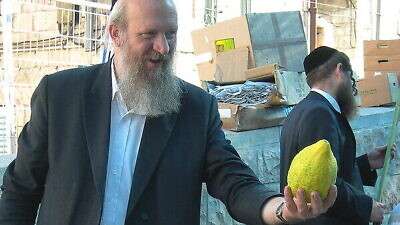
- The sweet smell of etrogim (citrons) in Jerusalem’s Machane Yehuda market is overpowering. Huge crowds descend on an empty lot on Jaffa Road near the market to vie for the shapeliest lulav and etrog.
- You’ve never seen such gaudy sukkah decorations in your life—unless you’ve been to Walmart on Christmas Eve. Kiosks manned by bearded haredim are selling gold, green and red tinsel hangings, made in China: exact replicas of Christmas decorations in the old country.
- Municipal workers spent the last few weeks in a frenzy of tree-trimming. The city deposits huge piles of schach (palm fronds used for the roof of the sukkah) in major city squares, and citizens are invited to take as much as they need for free.
- The thrice-yearly observance of the ancient ritual of Birkat Cohanim—the Priestly Blessing—takes place at the Western Wall during the intermediate days of the holiday. Tens of thousands descend on the Kotel to be blessed.
- The annual open house at the President’s Residence on Hanassi Street in the Talbiya neighborhood will be held this year as President Isaac Herzog takes the opportunity to press the flesh of the citizenry. Jerusalem Mayor Moshe Lion will hold court outside City Hall at Safra Square.
- Like Christmas tree lots back in the US, empty lots all over Jerusalem are taken over to sell sukkot of every size and description. Some are marketed by large companies and feature the latest space-saving technology and hardiest materials, while others are simpler affairs made of tubular piping and fabric walls. Every kosher restaurant has a sukkah of some kind and each boasts bigger and better holiday specials to entice customers.
- Since the entire week of Sukkot is a national holiday, you’ll have a tough time deciding which festival/event to take part in. There’s the Tamar Festival at Masada on the Dead Sea; the Haifa International Film Festival and the Storytelling Festival in Givatayim to name just a few. Schools are closed for the entire holiday, so national parks, zoos and water attractions all over the country host family-oriented events that are sell-outs.
- Touring the country is another favorite Sukkot activity and political and environmental groups of all stripes are promoting trips to “See For Yourself.”
- Israel’s Ministry for Social Equality posts newspaper and Facebook ads asking seniors who need help putting up their sukkah to call a hotline to request a volunteer.
- Not to be left out are the tenacious Christian evangelicals who flood Jerusalem in their multitudes from all corners of the world to celebrate the Feast of Tabernacles.
- Another prominent group of tourists consists of the refugees from the young American frum singles scene who make an annual migration to Jerusalem from the Upper West Side of Manhattan for Sukkot. Discreet meetings of earnest, well-scrubbed, modestly dressed, 20- and 30-somethings take place in all the major Jerusalem hotel lobbies. A bottle of water or Diet Coke on the table next to the guy’s black hat is the giveaway that it’s a date.
- Finally, as ever, the weather is perfectly coordinated to the festival and a sign that Am Yisrael is home, exactly where we’re supposed to be. No more of “I had to put up my sukkah in the pouring rain,” as one friend from the old country complained.


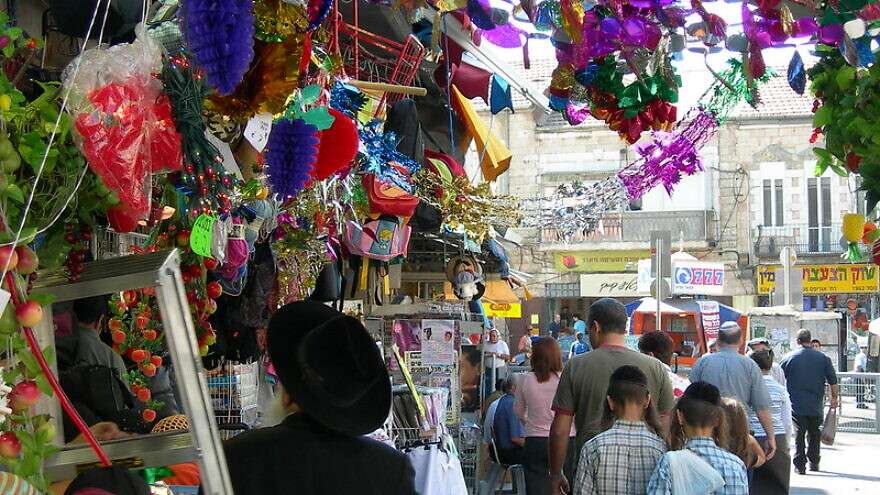

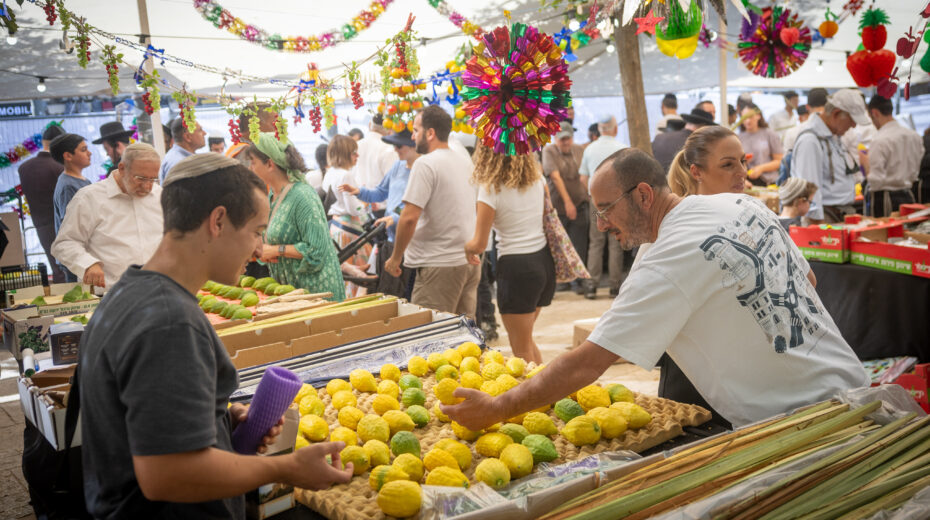



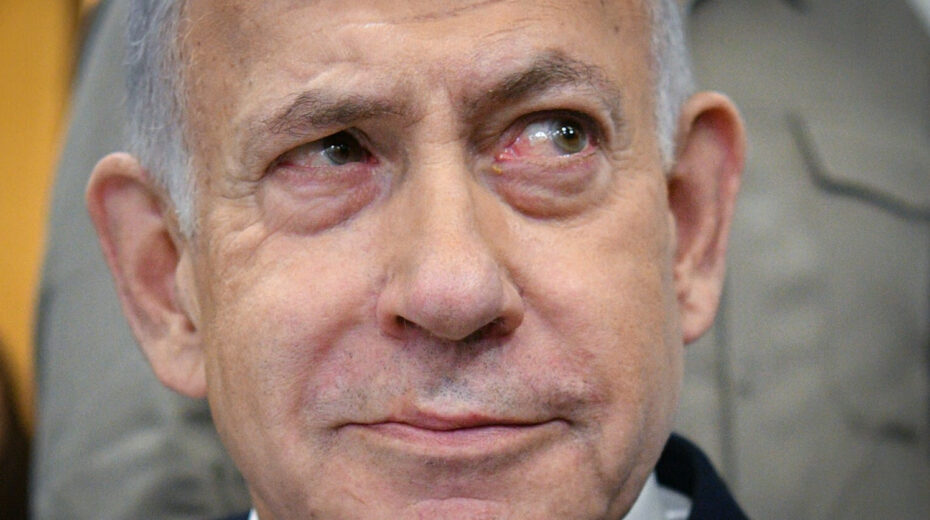
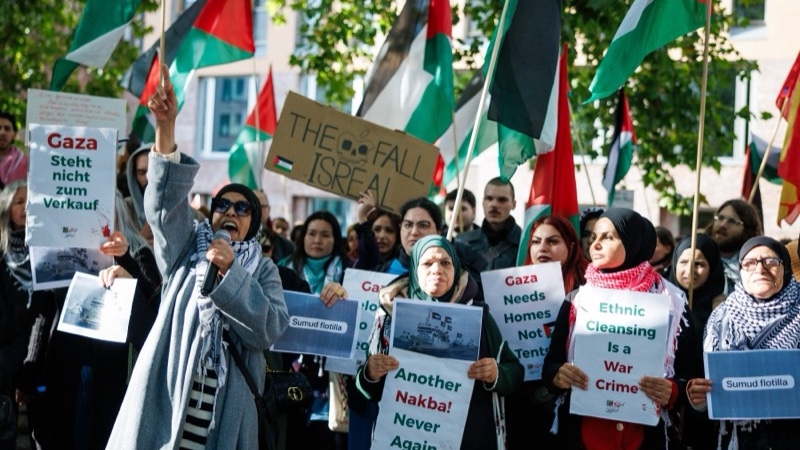
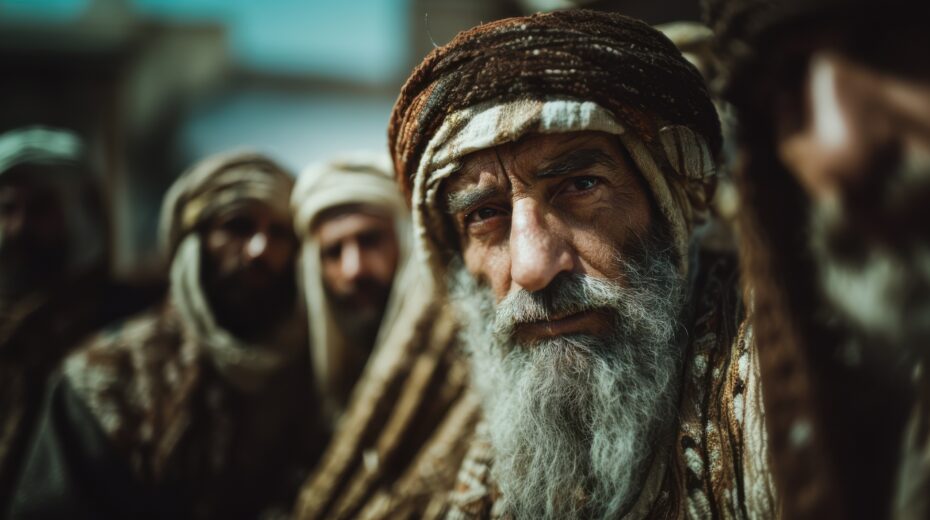
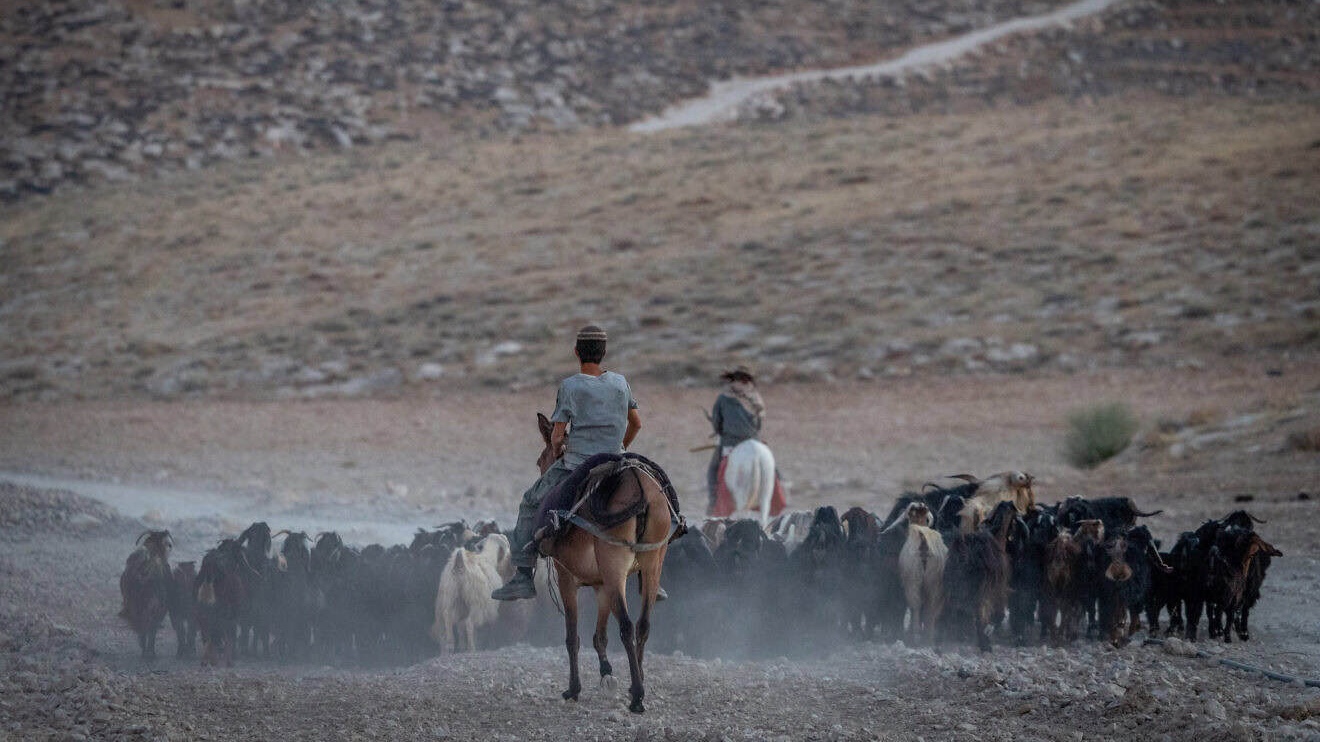



Succot 5783 is here. We celebrate God’s presence and God’s provision as we rejoice these eight days around eight aspects of the tabernacle of God we find in Yeshua.
1. The harvest of God. The earth is the Lord’s and the fullness thereof, Ps 24:1. We celebrate the fruit of the earth be that agricultural, industrious or economic.
2. We also rejoice that the fruits and gifts of the Holy Spirit increasingly grow in our lives and enable us to be better witnesses. Gal 5:22; Eph 4:7-13;1 Cor 12:4-11; Rom 12:6-8
3. We wave the lulav. The lulav again declares the sovereignty of God over the whole earth. We wave it in all directions to symbolising God’s omnipresence and harvest over all the world.
4. The Incarnation. And the Word was made flesh, and dwelt among us, John 1:14. We rejoice at Messiah’s birth who brought glory to God in the highest, and on earth peace, goodwill toward men. We now have peace with God through our Lord Jesus Christ.
5. Circumcision. The Lord was circumcised on the eighth day, Luke 2:21. He was symbolically cut off from the world and showed us how to spiritually cut ourselves off from the world.
6. Hoshana Rabbah. The Lord pours out His Holy Spirit on those who thirst for Him. Therefore with joy you will draw water from the wells of salvation, Isaiah 12:3. We draw life and power from the Lord Jesus Christ in whom we live and move and have our being, Acts 17:28.
7. The Millennium. All people are commanded to observe The Feast of Tabernacles during the millennium reign of Christ. Zech 14:16.
There was a spectacular light ceremony on each evening of Tabernacles. Isaiah prophesies a pillar of cloud by day and a pillar of fire by night during the Millennial reign of Christ, Is 4:5.
8. New Jerusalem. Behold, the tabernacle of God is with men, Rev 21:3. What we learn in part here on earth is fulfilled in the holy city.
Chag Sameach